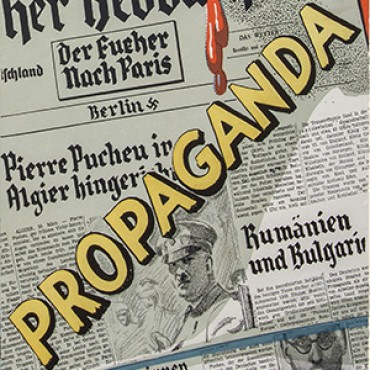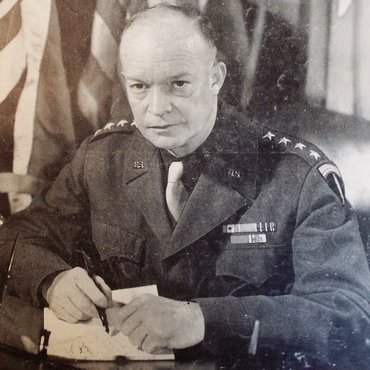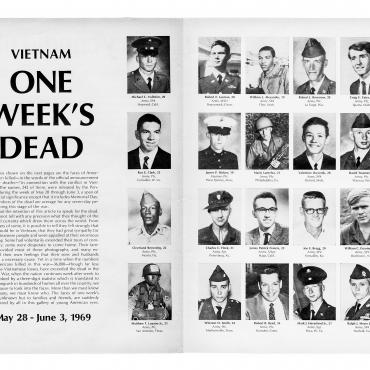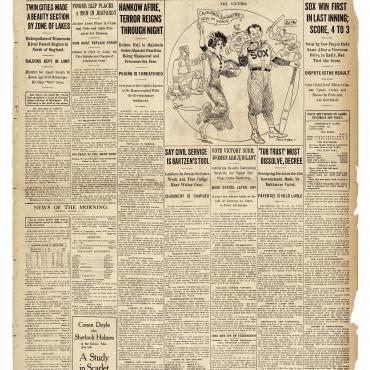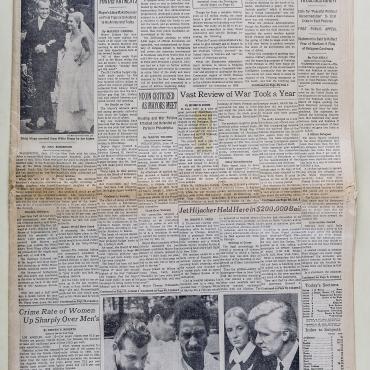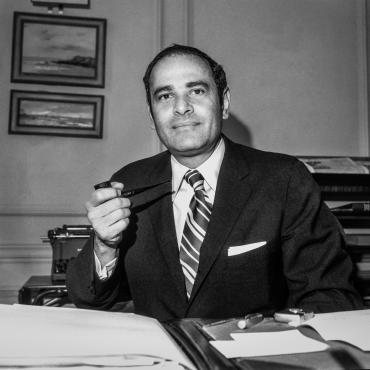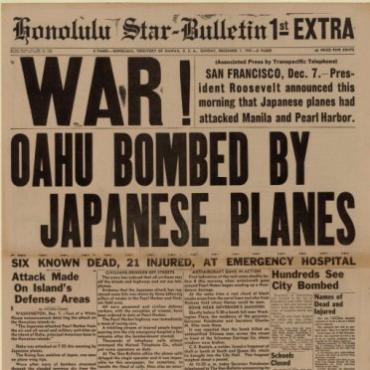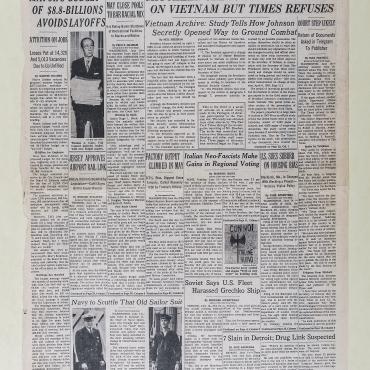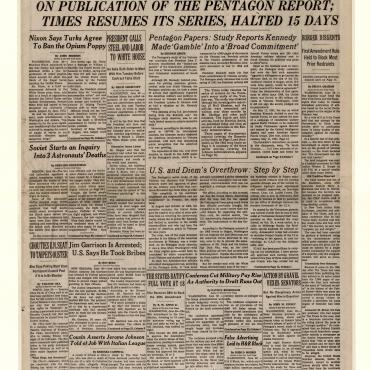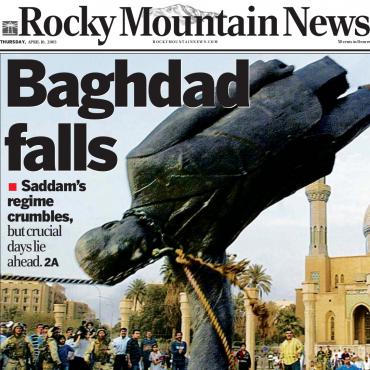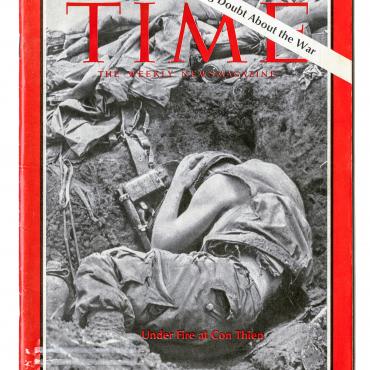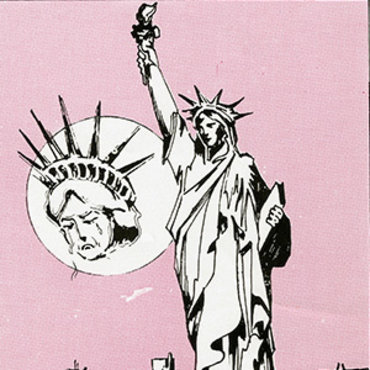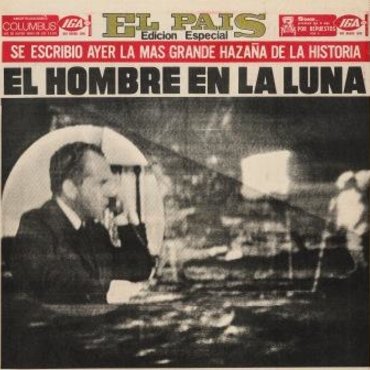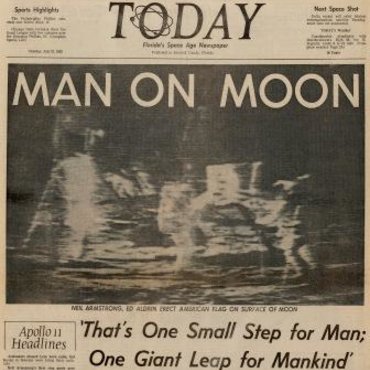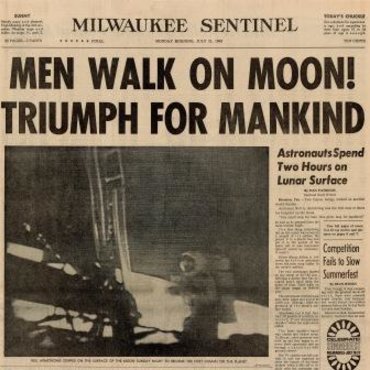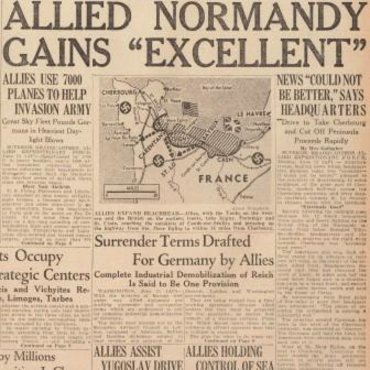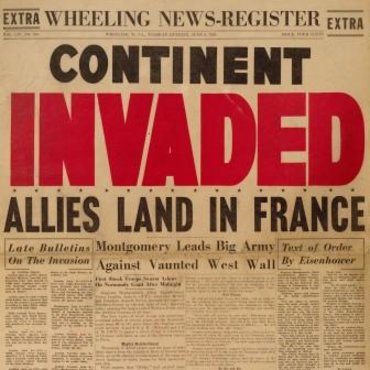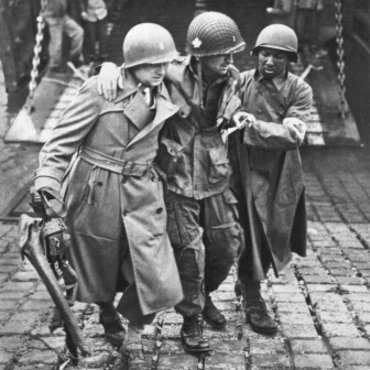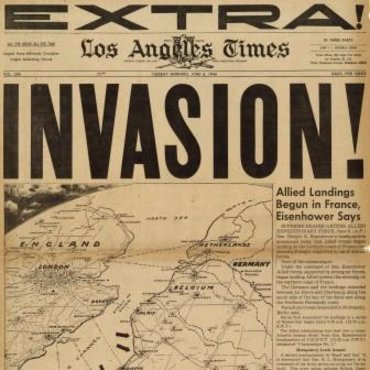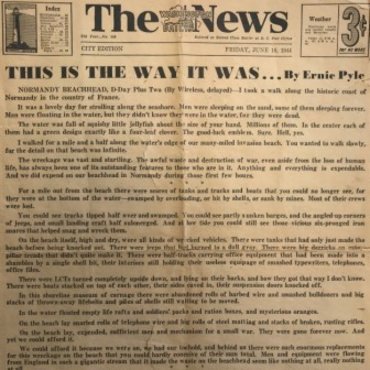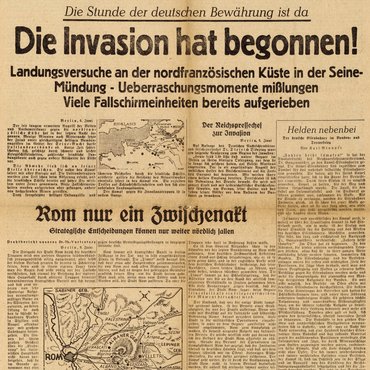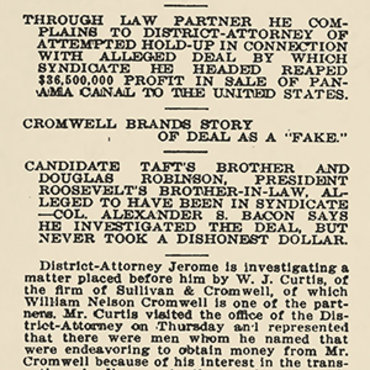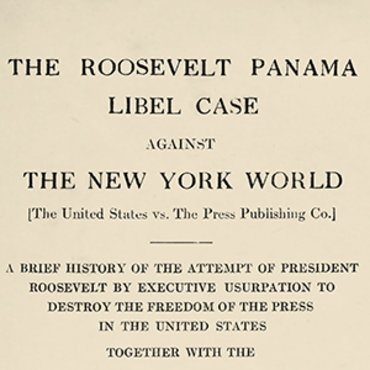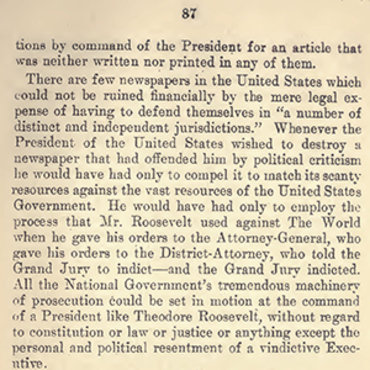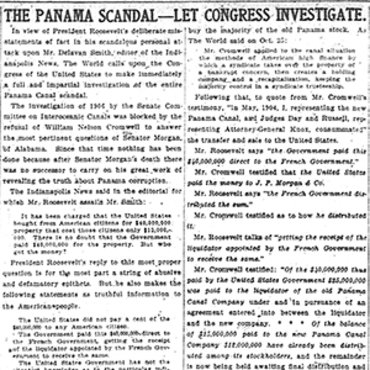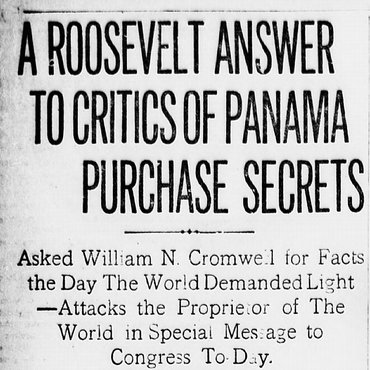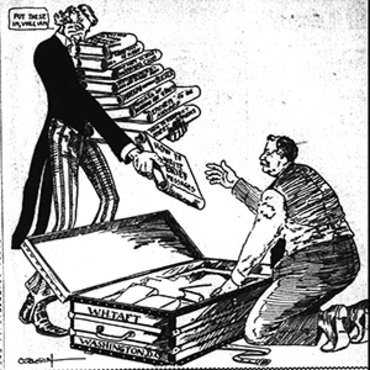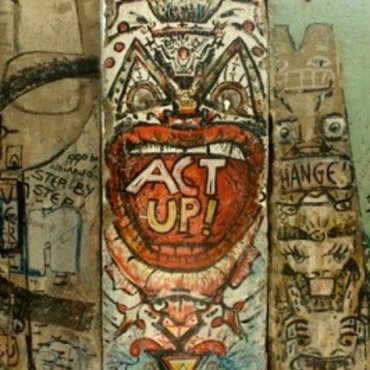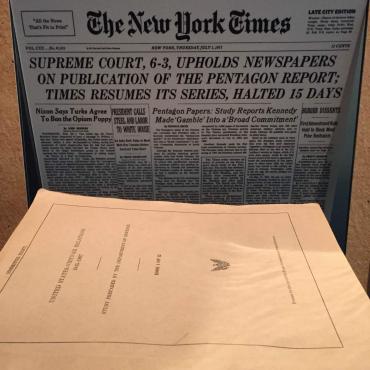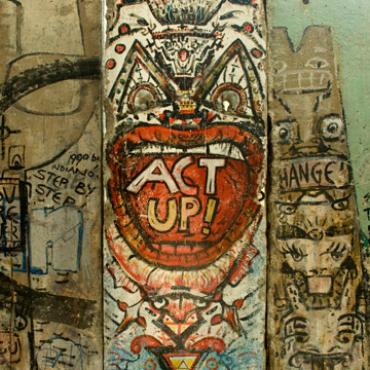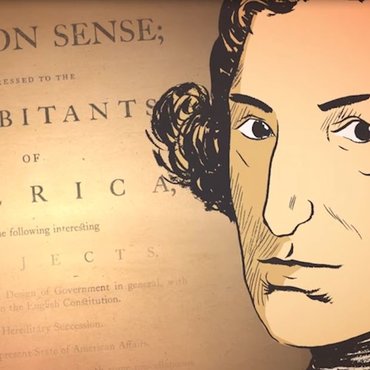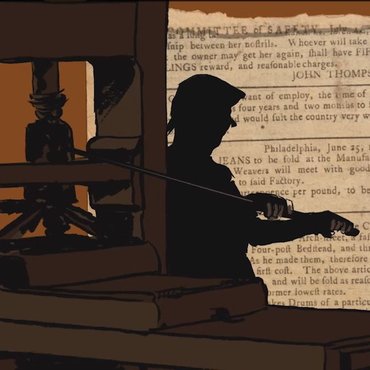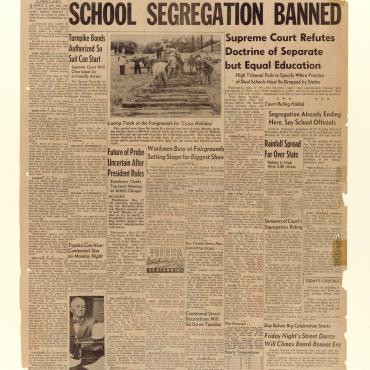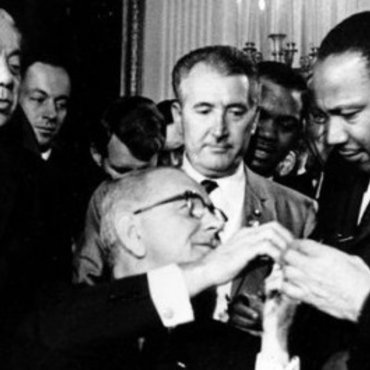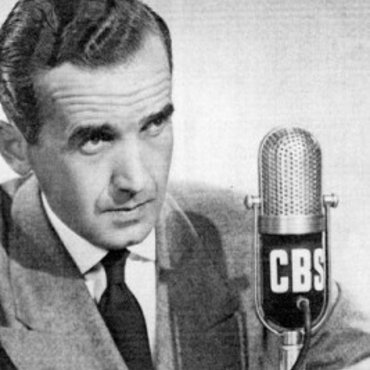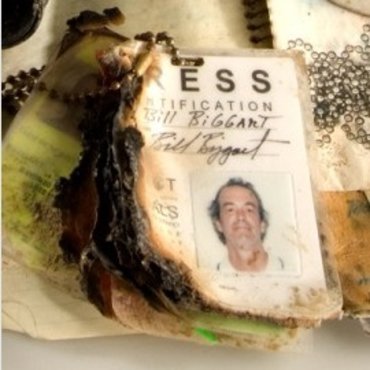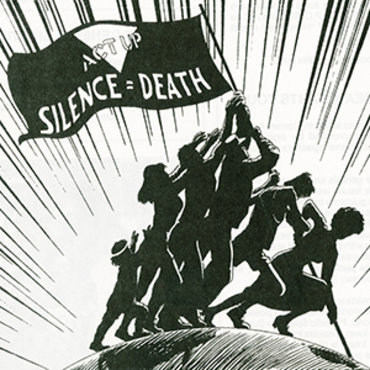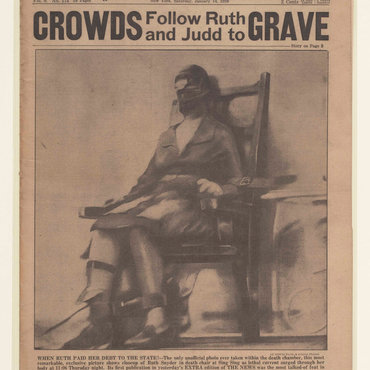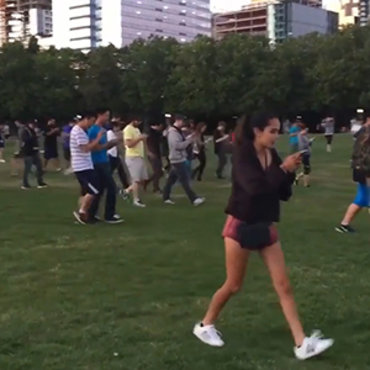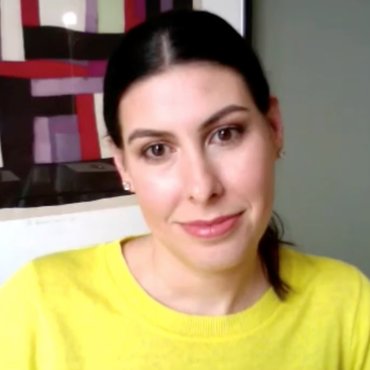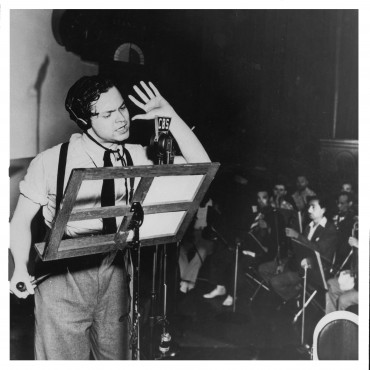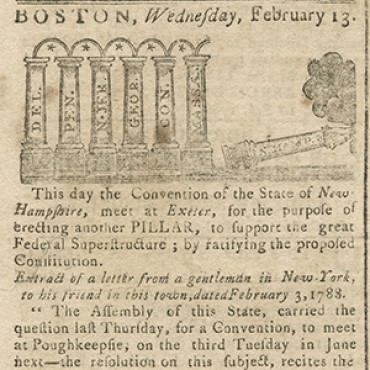Arab Spring Uprisings, 2011: Archived Papers
A wave of democratic protests and revolutions — some violent, some not — has spread across the Arab world since 2011. Browse front-page coverage of the uprisings in Libya and Egypt.
Get even more great free content!
This content contains copyrighted material that requires a free NewseumED account.
Registration is fast, easy, and comes with 100% free access to our vast collection of videos, artifacts, interactive content, and more.
NewseumED is provided as a free educational resource and contains copyrighted material. Registration is required for full access. Signing up is simple and free.
With a free NewseumED account, you can:
- Watch timely and informative videos
- Access expertly crafted lesson plans
- Download an array of classroom resources
- and much more!
- Journalism
- War
- World History

In early 2011, several predominantly Muslim countries (among them Tunisia, Syria, Libya, Egypt, Yemen, Jordan, Morocco and Bahrain) saw the beginnings of revolutions, pro-democracy protests, and civil wars. These events collectively became known as the Arab Spring or Arab Revolutions, and in Tunisia, Libya, Egypt and Yemen a series of power shifts occurred.
The Arab Spring movement actually originated in December 2010 when police in Tunisia seized Mohamed Bouazizi’s fruit and vegetable stand. In protest, the young street vendor set himself on fire in front of a government building. Mass anti-government protests forced President Zine El Abidine Ben Ali to flee the country in January 2011.
In February 2011, a protest broke out in Tahrir Square in Cairo, Egypt. The protest lasted 18 days and much like the protest in Tunisia, it stemmed from a frustration with the ruling administration and demands for more individual freedoms. The events in Egypt resulted in the ousting of President Hosni Mubarak from power.
In some cases, such as in Libya and Syria, the protests led to a civil war. While there were many months of diplomatic deals and attempts to stifle Moammar Gadhafi’s power, the climax of Libyan rebel efforts came on Aug. 22 when they took control of the capital, Tripoli. The Libyan Civil War began to conclude after Oct. 20 when Gadhafi was killed at the hands of Libyan rebels. In Syria the events of the Arab Spring morphed into a civil war that has yet to end. Growing out of dissatisfaction with the government of President Bashar Assad, the war in Syria has become a major armed conflict involving multiple sides. Due to the situation in Syria and in other Middle Eastern countries, the Arab Spring does not have an official conclusion as the effects are still being felt and conflict continues.
The collection of front pages below cover only a few major events from the uprisings in Libya and Egypt.
Cairo Uprising: Feb. 4, 2011
(While a page is open, press the pink “view larger” button under the image to zoom in on a higher quality PDF file.)
